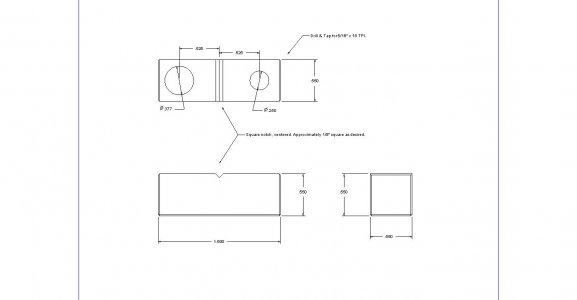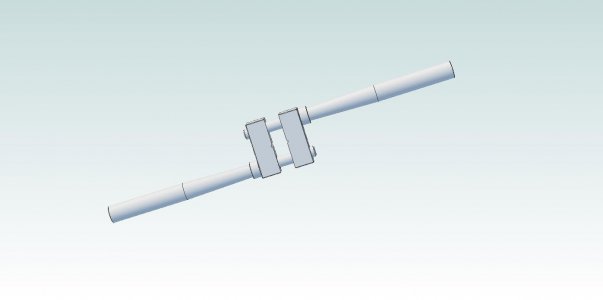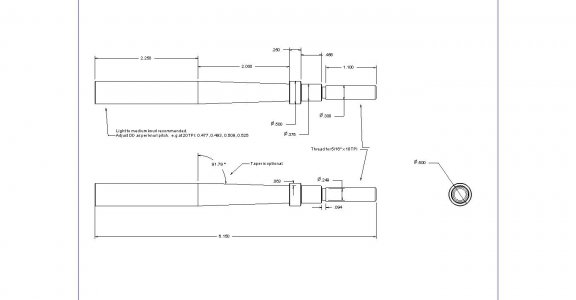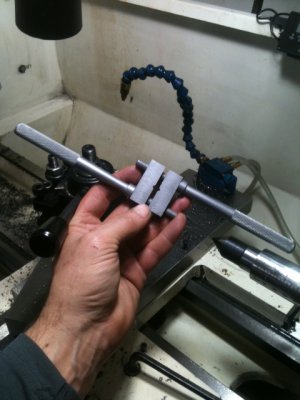For the video game /social media crowd you're going to need something that progresses quickly and produces a tangible result NOW!! This becomes difficult when there is not a machine for every student because a lot of them will just me milling around playing grab ass while they wait for the lathe to open up. Making a part as simple as a hammer takes a while even for an experienced machinist and they know exactly how to do the job. The learning curve is steep. I consider myself a reasonably accomplished amateur and I'm always amazed at how long some things take. This problem is compounded by the likelihood that you have 50 minute class periods so any machine will only get about half an hour of actual work time, if you're lucky. Ten minutes of lecture time and where's my part, the tool is dull etc.. Half an hour of groping through the actual machining and then ten minutes of the requisite clean up. Many parts benefit greatly from being made in one set up and so taking your incomplete flywheel out of the chuck will, potentially, be a problem when you set it up next time because it won't be concentric anymore. So, for each part there's a preferred sequence which can take that into account. You should try to figure that out in advance.
Shoot low. Pick a very simple project that can be completed.At the same time, it has to be interesting to do. Not too exciting to make a hammer when you know you can buy one for $5. I wouldn't shoot for anything more complex than a wobbler steam (air) engine. There are dozens of designs out there and there are material kits you can buy which simplifies things a lot. Whatever you pick you will need to have made one yourself before there's a hope of teaching someone else how to do it.
Introduce some competition if you can. Closest match to the drawing. Best finish. Earliest finish. Whatever. I coached a kid via E-mail a couple of years ago who was in a college class to design and build an air driven motor that would drive a generator to produce an amount of electricity. Pretty complex and most of the kids in the class never finished (mine did) because there just wasn't enough time to figure it all out and then do it if you've never done it before. The competition was to see whose engine was the closest to the target output. Not much competition if only a couple of the projects get finished.
Shoot low. Pick a very simple project that can be completed.At the same time, it has to be interesting to do. Not too exciting to make a hammer when you know you can buy one for $5. I wouldn't shoot for anything more complex than a wobbler steam (air) engine. There are dozens of designs out there and there are material kits you can buy which simplifies things a lot. Whatever you pick you will need to have made one yourself before there's a hope of teaching someone else how to do it.
Introduce some competition if you can. Closest match to the drawing. Best finish. Earliest finish. Whatever. I coached a kid via E-mail a couple of years ago who was in a college class to design and build an air driven motor that would drive a generator to produce an amount of electricity. Pretty complex and most of the kids in the class never finished (mine did) because there just wasn't enough time to figure it all out and then do it if you've never done it before. The competition was to see whose engine was the closest to the target output. Not much competition if only a couple of the projects get finished.





